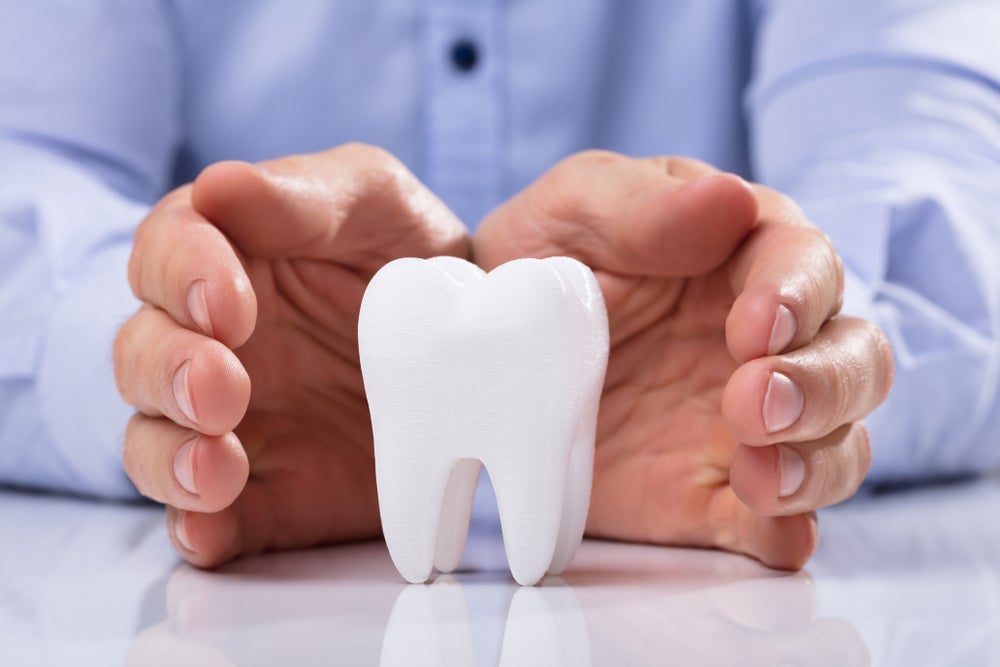
Gum Disease and Heart Disease
Heart Disease has been associated with periodontal disease for quite some time in key studies. Identifying other potential risk factors in patients can provide a more holistic approach to oral health care.
The link between periodontal diseases and heart disease
Key research and studies have shown a link between conditions such as heart disease, diabetes, hypertension and adverse pregnancy outcomes and periodontal diseases. Harmful bacteria and inflammatory mediators enter the bloodstream through infected gums and, in the case of heart disease, cause inflammation and infection in the vessels and tissues of the heart.
These links are helpful in identifying potential risk factors in patients and providing a more holistic approach to oral care.
Scientific evidence
Cardiovascular diseases have long been a leading cause of death around the world. This fact has encouraged extensive research into comorbidities that may trigger or aggravate heart disease.
- Chronic infections, such as periodontal disease, are associated with an increased risk for heart disease. Heart disease prevalence is highest in people with periodontal disease who also have elevated levels of C-reactive protein (CRP)
- Studies suggest periodontal diseases are a risk factor for heart disease patients who present a systemic inflammatory and immune response to the infection
- Periodontitis leads to the entry of bacteria into the bloodstream. The bacteria activate the host’s inflammatory-immune response by multiple mechanisms. Several animal models have demonstrated that the host’s inflammatory response favors atheroma formation, maturation, and exacerbation.
- While it’s important to be aware of the link between gum disease and heart disease, there are no clinical studies that have demonstrated a causal association between periodontal infections and heart disease. Research continues in this area and in the meantime, early detection of disease and early identification of risk factors remains a proactive approach that can be taken by all health professionals.
Periodontal diseases symptoms
The signs of early-stage periodontal diseases, which are familiar to oral care professionals, but with education should also be detectable by other healthcare professionals, include:
- Bleeding at the gum line
- Red and swollen gums
- Sensitivity
- Persistent bad breath
Heart disease symptoms
The term heart disease is used to cover several conditions, including:
- Coronary artery disease
- Irregular heartbeat
- Congenital heart defects
- Disease of the heart muscle
- Heart valve disease
While each of these conditions has its own unique set of symptoms, there are some symptoms common across most types of heart disease:
- Chest pain
- Fainting
- Fatigue
- Irregular heartbeat
- Shortness of breath
- Swollen feet or ankles
What can oral care professionals do?
The European Federation of Periodontology (EFP) has developed a campaign for oral health professionals on the relationship between periodontal diseases and heart disease. Its advice on heart disease and the role of the dentist is summarized here:
- Periodontal disease patients with other risk factors for heart disease, such as hypertension, overweight/obesity, smoking, etc. who have not seen a physician within the last year, should be referred for medical examination.
- There is evidence that periodontal treatment and prevention of periodontal diseases as a risk factor can support primary prevention of cardiovascular diseases. Brushing teeth regularly and practicing good overall oral hygiene may reduce the risk of cardiovascular disease, and lower the risk of mortality due to cardiovascular disease.
- Modifiable lifestyle-associated risk factors for periodontitis which are shared with cardiovascular disease, should be addressed in the dental surgery/office and within the context of comprehensive periodontal therapy.
- Treatment of periodontitis in patients with a history of cardiovascular events needs to follow American Heart Association (AHA) guidelines for elective procedures.
- Successful periodontal treatment can reduce systemic inflammation, improve glucose metabolism, thereby reducing the incidence of acute CVD events, even independently of other risk factors (e.g. lifestyle).
- Practitioners should advise patients of the risk of periodontal inflammation to general as well as oral health.
- Smoking cessation program and advice can be offered to patients within the context of improving general health and reducing systemic inflammation.
- Lifestyle improvements relating to diet, exercise and stress management should also be provided to high-risk patients in collaboration with appropriate specialists and may bring health gains beyond the oral cavity.






